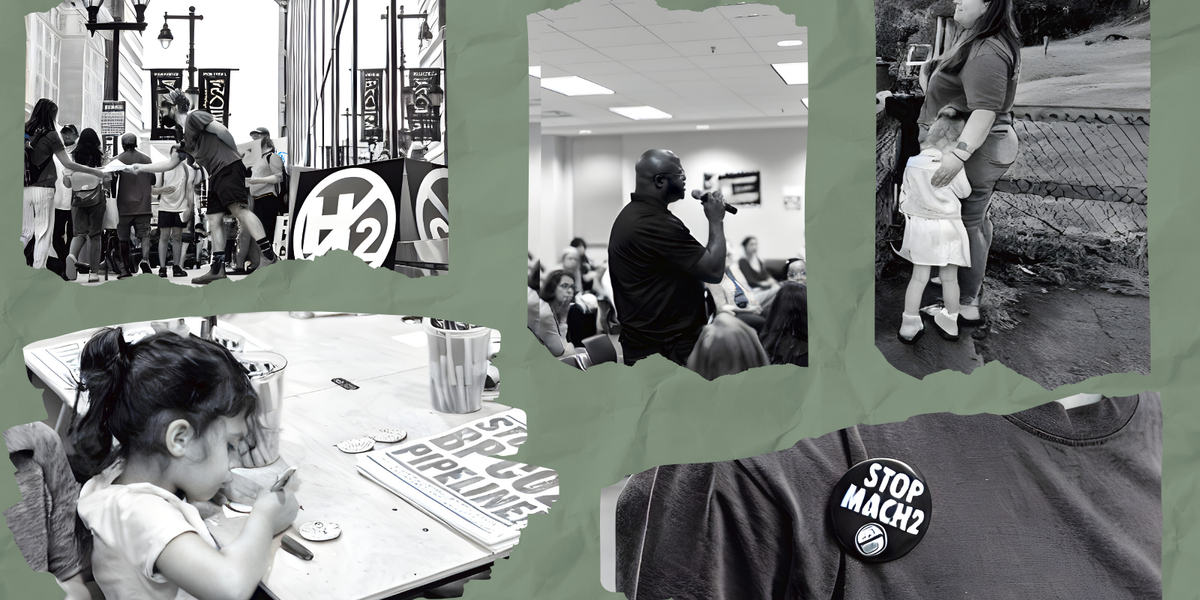climate change resilience
Finding resilience in history to combat climate change
A look into how Native North Americans adapted their societies during the Little Ice Age offers insights for modern climate change resilience.
In short:
- Native North Americans crafted new societal structures in response to dramatic climatic shifts during the Little Ice Age, diverging significantly from Western European strategies.
- These adaptations included decentralized governance, economic diversification, and a focus on sustainability and reciprocity.
- Historical responses to climate change by Indigenous peoples underscore the importance of flexibility, communal responsibility, and sustainable living.
Key quote:
"Reciprocity is not merely generosity; giving away a surplus is an investment, insurance that others will help in your own time of need."
— Robert A. Williams Jr., Lumbee legal scholar.
Why this matters:
Embracing sustainability, decentralized decision-making, and community resilience could guide contemporary strategies for addressing climate change, enhancing health outcomes, and fostering a more equitable society. We must adapt to climate change. Can we do it in ways that solve other problems too?
Florida House passes bill to establish climate change resiliency office
Kerry warns about efforts to blunt climate change: 'We're in trouble'
Liza Featherstone: We’re freaking out about rats cause we can’t handle climate change
David L. Kelly and Renato Molina: Climate gentrification and affordable housing policies
Canada’s conservation efforts must prioritize areas resilient to climate change, researchers say
New studies show that factoring climate change impacts into planning for protected areas can help achieve emission reduction and biodiversity targets.
The Philippines is building a climate change-resilient city
In a race against climate change, the Philippines is developing a $14 billion metropolis larger than Manhattan called New Clark City designed to be resilient — and sustainable.



















